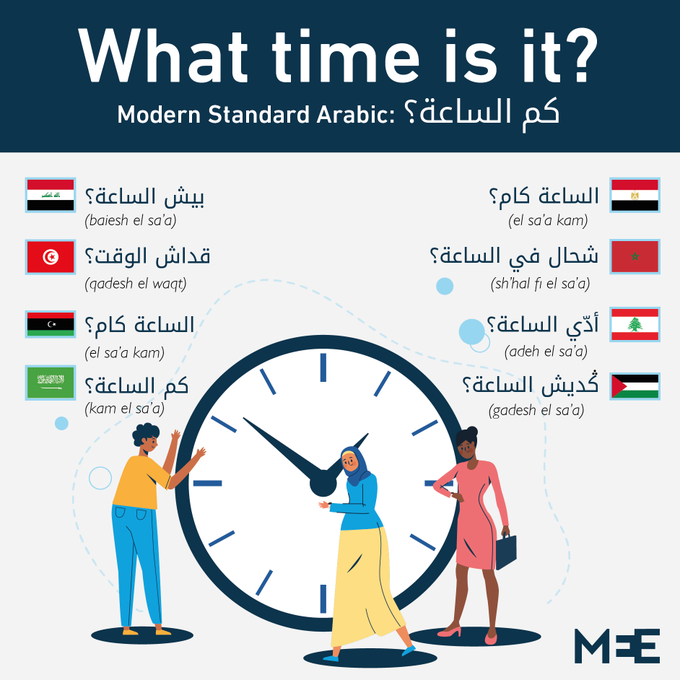Reference




OpenAI's Answer
In the Arabian Peninsula, several modern varieties of Arabic are spoken. These include:
-
Peninsular Arabic: This is a broad category that includes the dialects spoken throughout the Arabian Peninsula, which encompasses countries like Saudi Arabia, Yemen, Oman, UAE, Kuwait, Bahrain, Qatar, Southern Iran, Southern Iraq, and Jordan. These dialects are closer to Classical Arabic than those in other regions.
-
Gulf Arabic: Primarily spoken in the countries along the Persian Gulf such as Kuwait, Bahrain, UAE, Qatar, and parts of Oman and Saudi Arabia.
-
Yemeni Arabic: Found in Yemen and parts of southwestern Saudi Arabia. It has a number of sub-dialects reflecting the region's diverse cultural history.
-
Hassaniya Arabic: Spoken in parts of Saudi Arabia among the nomadic tribes and people in desert regions.
-
Omani Arabic: A variety specific to Oman, reflecting its unique geographical and cultural setting.
-
Najdi Arabic: Predominantly found in the Najd region of central Saudi Arabia.

For more detailed information, you can explore Wikipedia's article on Peninsular Arabic.